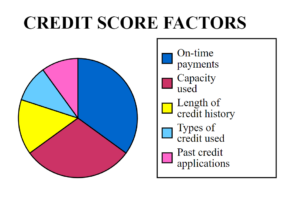
Fake reviews abound online, which can lead consumers to make poor purchasing decisions and endanger small businesses that rely heavily on online sales. Luckily, there are ways to recognize and avoid fake reviews; such as looking out for red flags like too much first person pronoun usage, too many verbs used repeatedly and complicated language usage. In addition, be mindful of your reviewer and their profile to check what other products they’ve reviewed as well as using tools such as Fakespot to assess product reviews’ integrity.
Artificial reviews often come across as generic and overly enthusiastic, while genuine feedback often conveys individual stories about a customer’s personal experience with a product or service.
Be wary of reviews that seem overly positive or negative when reading them online. Fake reviews tend to exaggerate both good and bad experiences and use hyperbole such as “best ever” or “worst experience.”
Fake reviews often contain product jacking reviews which mention competing products to influence ratings and damage competition. Some fraudulent companies employ this tactic in order to manipulate ratings and harm competitors.
One easy and straightforward way to detect fake reviews is through simple research on their reviewer. Simply click on their name to view what other products they’ve reviewed, along with their impact score (based on how helpful their reviews were). If it turns out that one individual appears several times with high impact scores across different reviews, this may indicate they’re not genuine reviews.
If you’re still skeptical of a review, take some time to research the company and brand in question. A company’s website, social media page and phone number can all help provide more context; checking reviews across other platforms such as eCommerce platforms may also give clues as to whether an assessment is genuine or not. If two or more reviews from different platforms differ drastically – that can be an indicator that something may be amiss!
Fake reviews aren’t exclusive to Amazon; they can be found across major retailers. Consumers must be able to distinguish between legitimate feedback and false endorsements in order to make informed purchasing decisions.
If you believe a review to be fake, report it immediately to the platform or business where it was posted in order to help maintain the integrity of online review systems and protect other consumers. Doing this can strengthen their integrity as well as provide protection for other consumers. Download The Logic Group’s whitepaper for more tips on How to Spot Fake Reviews and Discover Genuine Feedback Online, for an in-depth exploration of fake reviews as a growing threat for business. It will give your employees insight into spotting fake reviews as well as safeguard your company against these potential abusers. Read our blog post for more insight into the value of including feedback mechanisms into your business model. The Logic Group has extensive expertise in customer feedback technology and can assist in designing an appropriate system to gather and analyze genuine reviews. Give us a call now to discover more on how we can assist with all of your feedback management needs!



